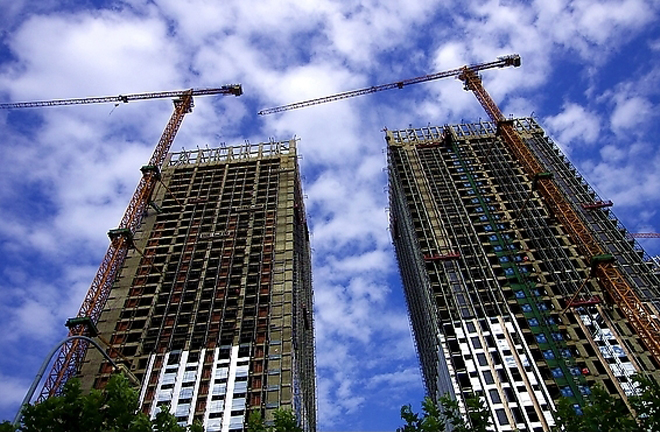WANG HONGYAN: Cities’ unique histories inject cultural flavor into development

Cities should tap into their cultural resources to give urban construction a distinct cultural flavor.
Since the start of reform and opening up, China’s urban construction has made great progress. But from the perspective of culture and aesthetics, there are some negative trends that need to be countered, like overly ornate buildings, imitation of Western styles and other affectations.
Some cities attempt to best each other in a contest to build taller and taller buildings while neglecting the cultural dimensions of construction. However, such ostentatiousness is dull and superficial. In comparison, there are streets in London paved by a mixture of new and old bricks, and this does not diminish its status as an internationally influential city.
Therefore, cities should tap into their cultural resources to give urban construction a distinct cultural flavor. In addition to augmenting the functions of a city, we should also fully utilize each city’s advantages and draw on local recourses to reduce both manpower and financial consumption in urban construction. This does not mean simplicity or an extensive pattern in construction. Urban construction should be based on scientific planning and reasonable designs.
Another misconception is that some cities overemphasize international elements and hope to create the image of an internationalized city by imitating Western practice. It is understandable that advanced Western concepts and cultural essence should be introduced and absorbed. But complete Westernization can easily cause awkwardness. We should remember that a culture must retain its own distinct characteristics to have global appeal. The best way to attract international attention and get international influence is to cherish and exhibit an excellent national traditional culture.
To exhibit traditional Chinese culture is not only a strategy in urban construction but also a duty of Chinese people. Every city should be built as a carrier of and a platform to show traditional culture. Also, city construction should display local features. If one city adopts a practice like setting up musical fountains to decorate a square, then it can be easily copied by other cities. A city will stand out from the rest by drawing on local culture and emphasizing its unique history, geography and local customs.
The third common practice is the blind pursuit of novelty. In recent years, people have become more aware of historical preservation. Yet, there are still problems in this regard. For example, some cities do not consider historic buildings when planning urban construction or do not know how to protect them. City leaders may sacrifice them for vanity projects to help their official careers. Some cities extensively pull down historic sites and build fake ones in their place or reproduce ancient cities as a gimmicky tourist trap. In this process, a lot of the historical buildings or sites that form the bedrock of a city’s cultural resources are destroyed.
Experience from other countries shows that protecting historical buildings is not necessarily at odds with upgrading urban facilities and improving a city’s functions. We can on the one hand increase city services to fulfill demand while endeavoring to keep historical sites intact. In this way, history can be preserved through buildings and historical sites. Moreover, not only millenium buildings or former residences of celebrities should be protected. Buildings and sites built in different eras or in different styles also have value, like the art deco architecture of Wuhan or the Bund in Shanghai. Diversity and richness are the essence of a city’s culture.
The article was translated from the People’s Daily. Wang Hongyan is from the Institute of Political Science at the Chinese Academy of Social Sciences.
